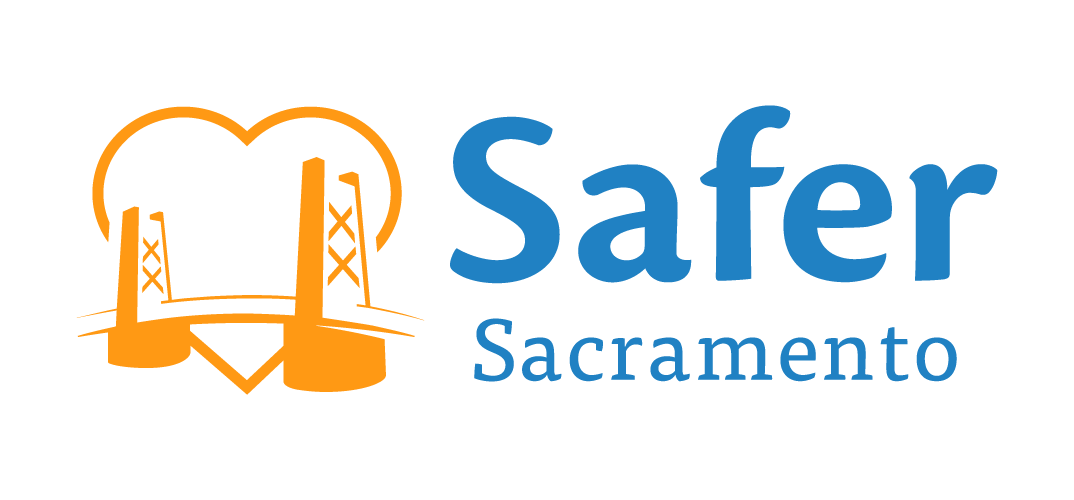Overdoses Are Preventable
Overdoses are largely preventable through a combination of education, harm reduction strategies, medical interventions, and supportive policies. Here are several key approaches to prevent overdoses:
Education and Awareness
Public Education Campaigns: Increase awareness about the dangers of drug misuse, the signs of overdose, and the importance of seeking help.
Safe Usage Information: Educate individuals on safer drug use practices, such as not using alone, testing substances, and understanding proper dosages.
Training Programs: Offer training for recognizing and responding to overdoses, particularly for those who are at higher risk and their families.
Access to Naloxone (Narcan)
Narcan Distribution: Make Narcan widely available to the public, especially to those at risk of opioid overdose and their loved ones.
Training: Provide training on how to administer naloxone and recognize opioid overdose symptoms.
Policy Support: Advocate for policies that allow naloxone to be distributed without a prescription and ensure its availability in community centers, schools, and public places.
Harm Reduction Services
Narcan distribution: Make Narcan readily available.
Fentanyl Testing Strips: Providing strips that can detect the presence of fentanyl in drugs, allowing people who use drugs to make informed decisions and potentially avoid substances that are likely to cause an overdose.
Education and Outreach: Educating the community and people who misuse substances about the risks associated with different substances, including the dangers of mixing drugs and the increased risk of overdose with certain combinations. Promoting safer drug use practices, such as not using alone, starting with a small dose, and recognizing the signs of overdose.
Support and Resources: Link individuals to treatment, recovery, and support services, including MAT services. Offer support through peer networks and community programs that reduce isolation and provide a sense of belonging and safety.
Safe Prescribing Practices
Prescription Monitoring Programs: Implement systems to track prescriptions of opioids and other high-risk medications to prevent overprescribing and doctor shopping.
Guidelines for Prescribers: Educate healthcare providers on safe prescribing practices, including the importance of prescribing the lowest effective dose and exploring alternative pain management methods.
Patient Education: Inform patients about the risks of opioid use, proper medication usage, and the dangers of mixing substances.
Access to Treatment
Addiction Treatment Programs: Increase the availability of treatment programs, including residential treatment, medication-assisted treatment (MAT), counseling, and behavioral therapies.
Integrated Care: Provide comprehensive care that addresses both substance use disorder and any co-occurring mental health conditions.
Support Services: Offer supportive services such as housing, employment assistance, and case management to help individuals in recovery maintain stability and reduce the risk of relapse.
Policy and Advocacy
Funding for Harm Reduction: Support policies that allocate funding to harm reduction programs, addiction treatment, and mental health services.
Community Initiatives: Promote community-based initiatives that provide education, support, and resources to prevent overdoses.
Community Support and Outreach
Peer Support Programs: Implement programs that utilize peer support specialists who have lived experience with mental health, substance use and recovery.
Outreach Services: Conduct outreach to vulnerable populations, including LGBTQ+, homeless individuals, tribal communities to connect them with resources and support.
Emergency Services Collaboration: Train first responders and law enforcement on how to recognize and respond to overdoses and provide them with naloxone.
Saving Lives
Preventing overdoses requires a comprehensive approach that includes education, harm reduction, access to treatment, and supportive policies. By implementing these strategies and promoting a culture of understanding and support, we can significantly reduce the incidence of overdoses and save lives.




